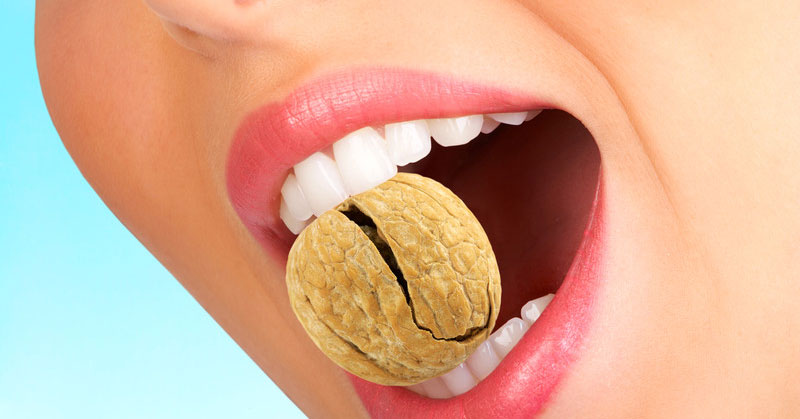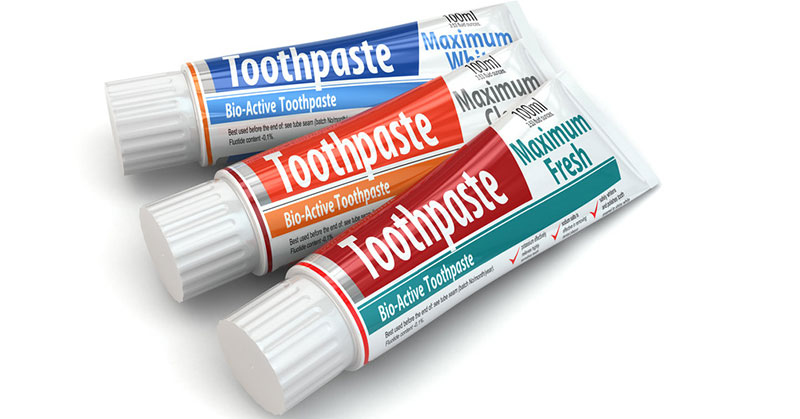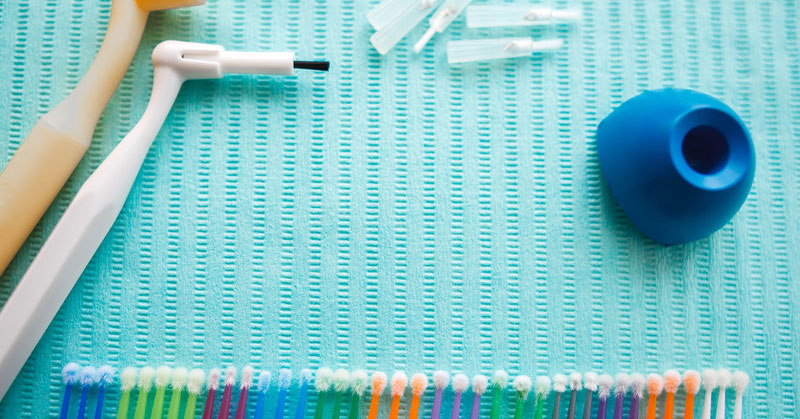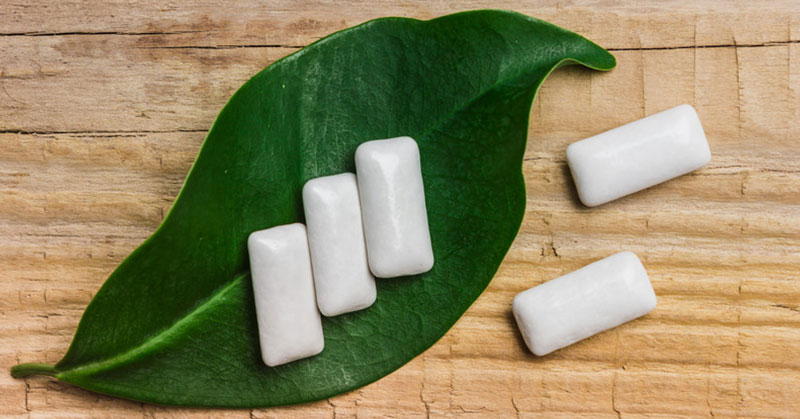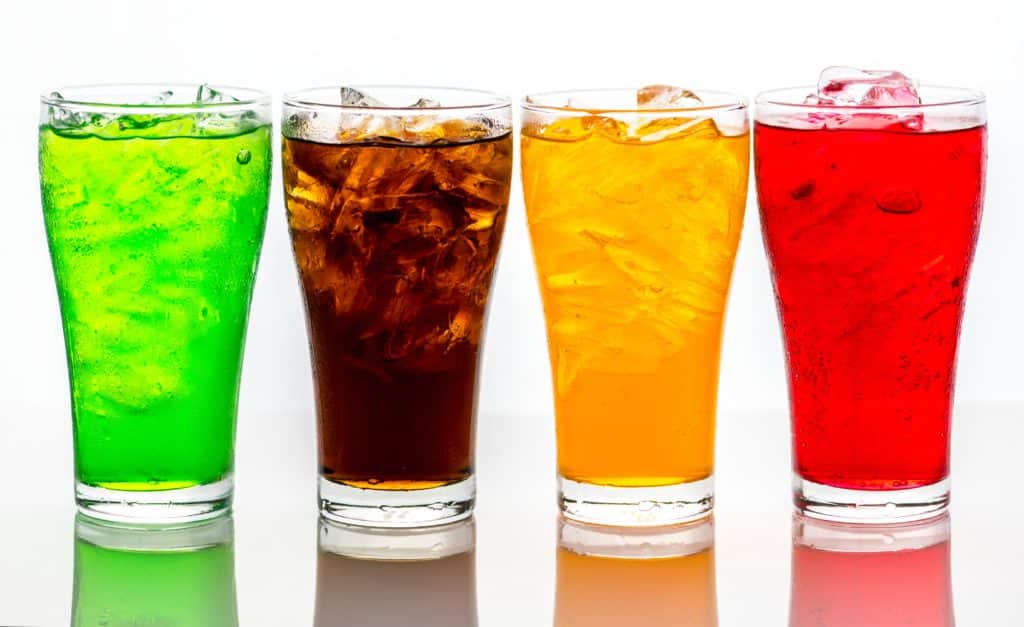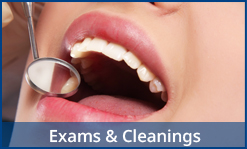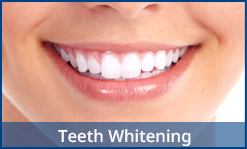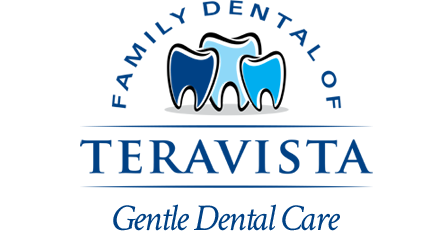Teeth are strong, there’s no doubt about it. But even healthy teeth are not indestructible. In fact, what may seem to be harmless actions or habits can lead to a cracked tooth, and a cracked tooth will ultimately need to be repaired by your dentist in one form or another. So it just makes sense to avoid getting a cracked tooth in the first place if possible. Here are a few ways you can stop your teeth from cracking.
- Wear a mouth guard. If you play sports, or if you engage in any type of activity that could lead to a fall – bicycling, for example – it’s smart to wear a mouth guard to protect your teeth from injury. There are several types available, from a one-size-fits-all version to one that’s custom-made by your dentist.
- Avoid chewing anything that might damage your teeth. The most obvious culprits are ice and hard candy. But you should exercise caution when chewing anything hard, including popcorn kernels, nuts and chewy or crunchy candy, for example.
- Try to chew on both sides of your mouth. Just as a certain tool is more prone to damage if you use it all the time, those teeth that are used more than others will be more prone to cracking.
- Stop grinding your teeth. This habit can weaken your teeth, making them more likely to crack. If you grind your teeth when you’re awake, it may be simply a matter of becoming aware of the habit and quitting it. But if you grind your teeth at night (also referred to as bruxism), you may need help to stop. Talk to your dentist about night guards and other alternatives that will prevent you from doing any damage as a result of grinding your teeth.
- Visit your dentist on a regular basis. If you leave dental problems untreated, they will weaken your teeth, and that will make it more likely that your teeth will crack.
One of the best ways to avoid cracked teeth is to pay attention to your oral health. This may sound obvious, but it becomes increasingly important as we age. Just like bones, teeth become more brittle as people age. So it’s important to take good care of your teeth and gums by practicing a daily oral hygiene routine at home, visiting your dentist on a regular basis for exams and professional cleanings, and enjoying a diet that includes fresh produce, calcium-rich foods, and lean protein. By doing all that, in addition to following the tips listed above, you can avoid cracked teeth and the dental work that goes along with them.

